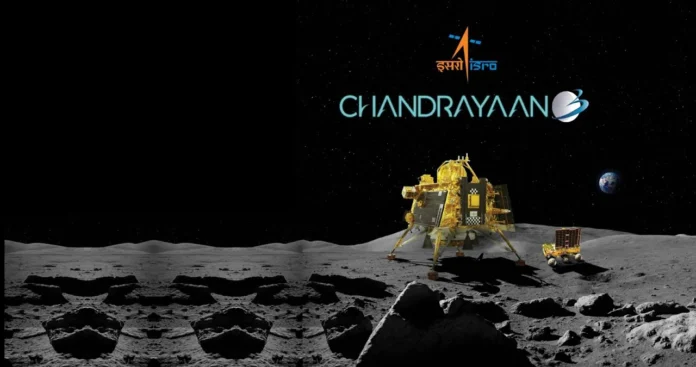You never fail until you admit defeat, and India’s Chandrayaan-3 is the proof. Despite their two failed attempts, they made it possible and shook the whole world. India became the fourth nation to set foot on the moon’s surface.
Chandrayaan-3, a mission under ISRO (the Indian Space Research Organization), was launched on July 14, 2023, and on August 5, the spacecraft entered the lunar orbit. On August 23, 2020, at 6.03 p.m. (Indian Standard Time), Chandrayaan 3 landed on the moon, and India became the first country to enter the lunar south pole.
Well, congratulations to the whole Indian nation, as their effort brings reward and paves the way to further achievement and success.
Budget of Chandrayaan-3
Chandrayaan’s whole mission was conducted within a budget of Rs 615 crore (the Indian rupee), which is quite less than many recent Bollywood and Hollywood movies; e.g., Barbie’s budget is $145 million.
Components of Chandrayaan-3
Chandrayaan-3 has three main functional parts:
- Vikram Lander: It is responsible for the soft landing of the spacecraft on the moon.
- Prayan Rover: It is a six-wheeled vehicle that allows the free movement of spacecraft on the moon.
- Propulsion method: It helps to keep the spacecraft in lunar orbit.
Why Opt For The Lunar South Pole As A Landing Destination?
The Lunar South Pole gained everyone’s attention after the discovery of a large amount of ice there. The presence of mountains and lighting there not only protects the ice from melting but also makes landing difficult. The ice there contains soil-state compounds that contain insight regarding lunar, earth, and solar system history. Moreover, we can extract water from lunar ice, and use it to generate hydrogen for fuel and oxygen for other human projects.
Purpose of Chandrayaan-3
Following are the main objectives of Chandrayaan-3:
- Exploring the evolution of the moon’s atmosphere
- Learn about the history of lunar impacts.
- Verify the composition of the lunar surface.
- To study the ice present on the moon.
Conclusion
Chandrayaan-3 unlocked the first door of investigation for researchers. It will also curb many of the curious questions of scientists and clarify the difference between real and amended truth.
Read More: Pakistan’s 76th Independence Day: What have we done Till Now?


